Protective Coatings are used for a variety of purposes, but they are all designed to protect and decorate different surfaces. Some coatings are like varnish and appear to have no pigments, others have special anti-corrosion or antifouling properties.
All Patterson Protective Coatings are made up of the five components listed below.
Binders, Extenders, Pigments, Solvents, Additives.
The Binder is the main component of the coating. A good binder is essential in order to produce high quality products. The role of the binder is to hold the different components together, ensure the coating sticks to the surface after application and build up a protective shield on the surface. The choice of binder depends on the surface or product to be covered, whether it is wood, steel or concrete. It also depends on whether the coating is for indoor or outdoor use. The most common binders are alkyds, acrylics, polyurethanes, PVAs, polyesters and epoxies.
Extenders are naturally occurring minerals such as talc, clay, barium sulphate and calcium carbonate. Extenders reinforce and give body or texture to the coating. They also affect how light is reflected from the coated surface.
Pigments are solid, insoluble, materials which add colour to the coating. They also ensure a fully hiding surface to protect the substrate underneath. Pigments can also protect from corrosion, fouling and UV radiation. They can also adjust gloss or reduce permeability to moisture.
For accurate in-shop colour matching of paints, automatic dispensers are used to add liquid colorants made from pigments. Jotun Multicolor Tinting Systems are among the most advanced automatic dispensing systems for coatings in the world. Paint and coating technology represents several fields of competence due to the broad specter of chemical and physical solutions applied in the products to make colorants and paint “work together”. Our colour and colorant technology laboratories are responsible for approving pigments and colours for use in Jotun’s paints and coatings, as well as colorant and colour formulation developments and all In-shop display material as colour cards, etc. Different kinds of chemistry are involved to fulfill these groups’ maintenance and development tasks such as process and surface chemistry, pigment and extender chemistry and physics.
Solvents are the volatile component of a coating. They give the paint the correct consistency and make it easy to apply. They also dissolve other raw materials and are the carriers of the binder. The most common solvents are white spirit, xylene and water. Solvents are only used in wet paints and not in powder coatings.
Additives are substances that are added to the paint or powder coating in small quantities to impove or modify its properties. Additives are used to prevent corrosion or growth, as a thickener, as a preservative to prevent the coating from degrading in the tin, to prevent foaming paint, and to make the paint flow out and give a smooth surface.
Whats in a can of paint? – Video
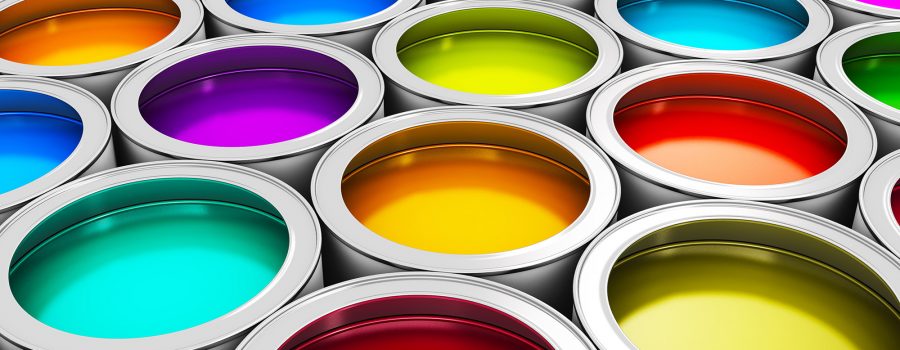
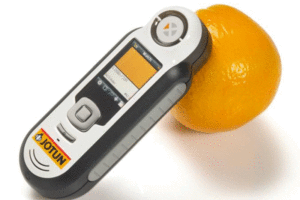
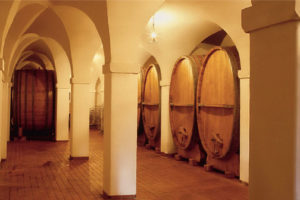
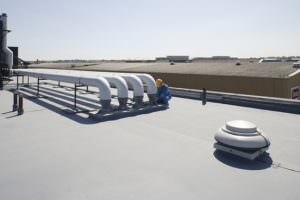

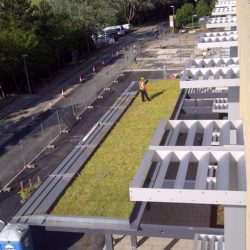
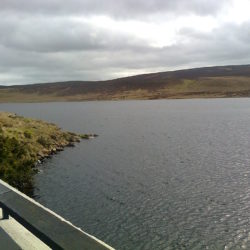


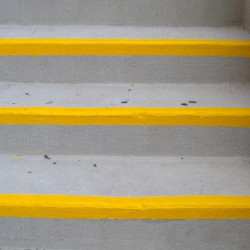
Leave a Reply
Your email is safe with us.